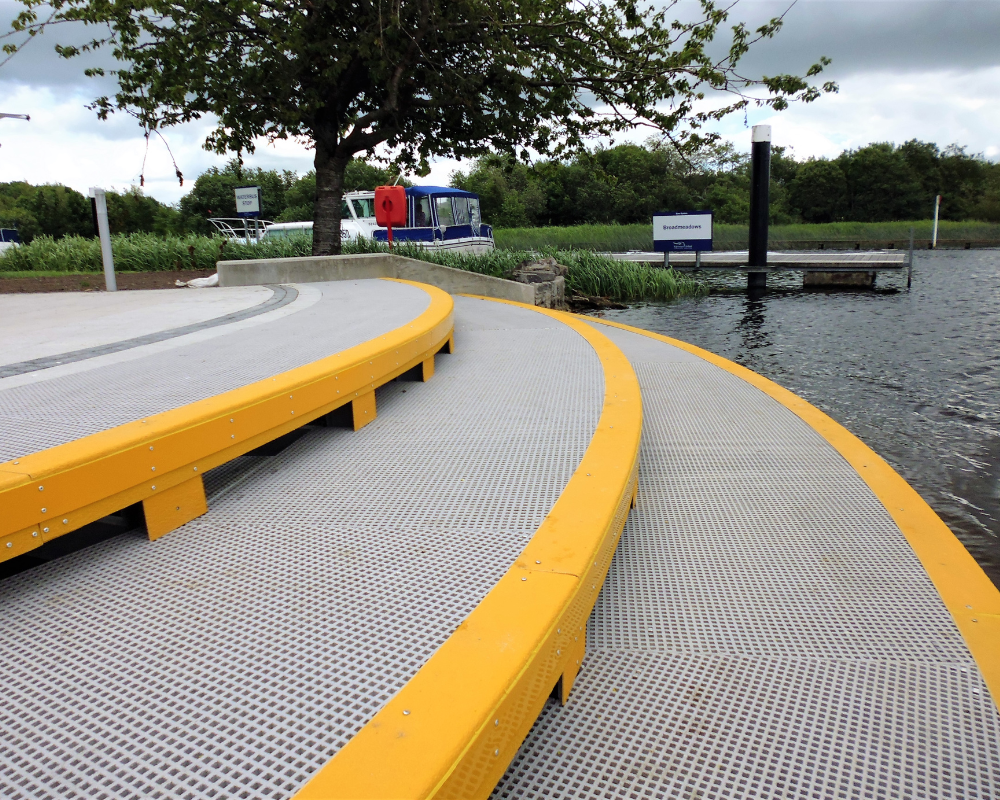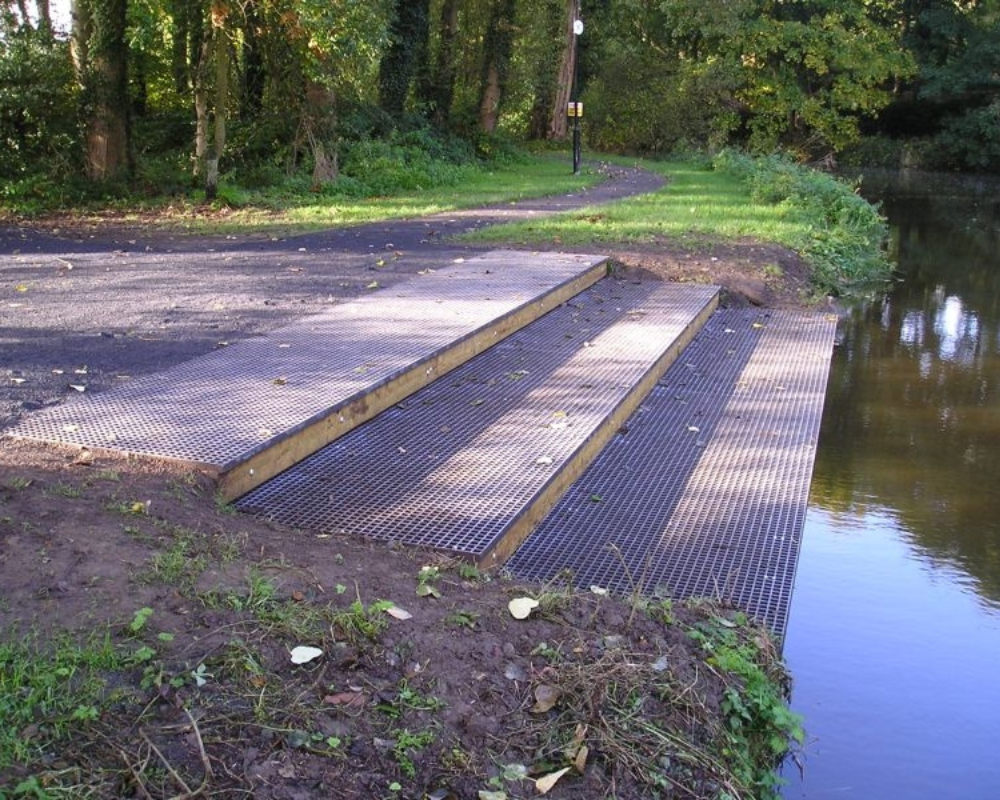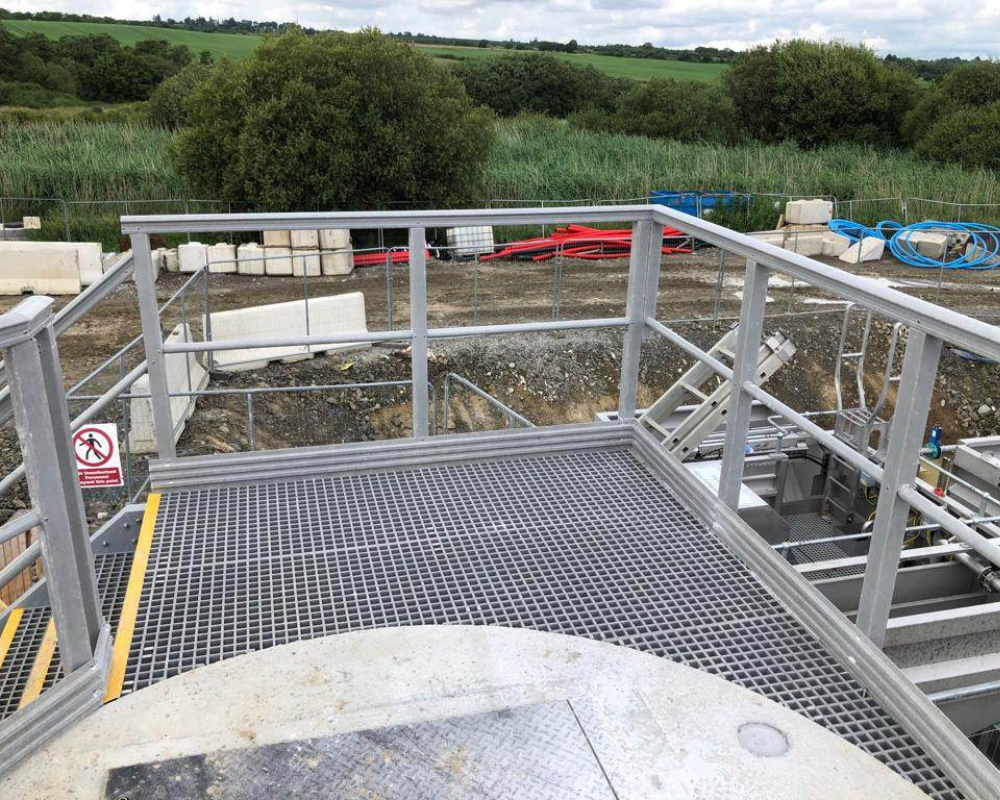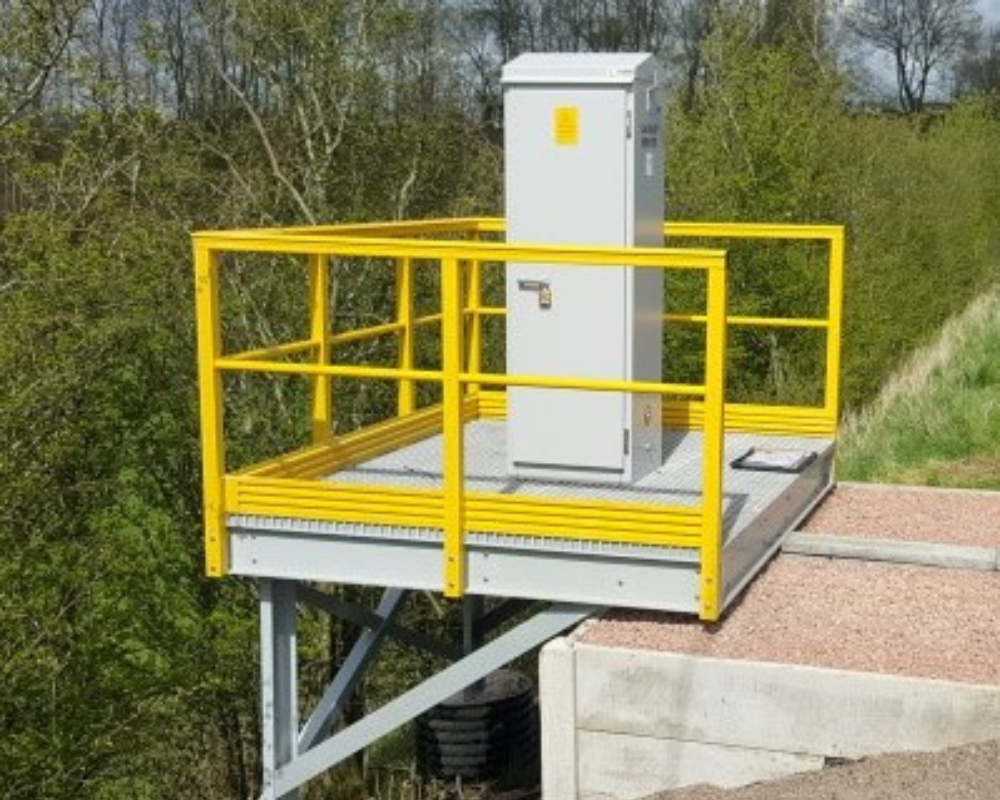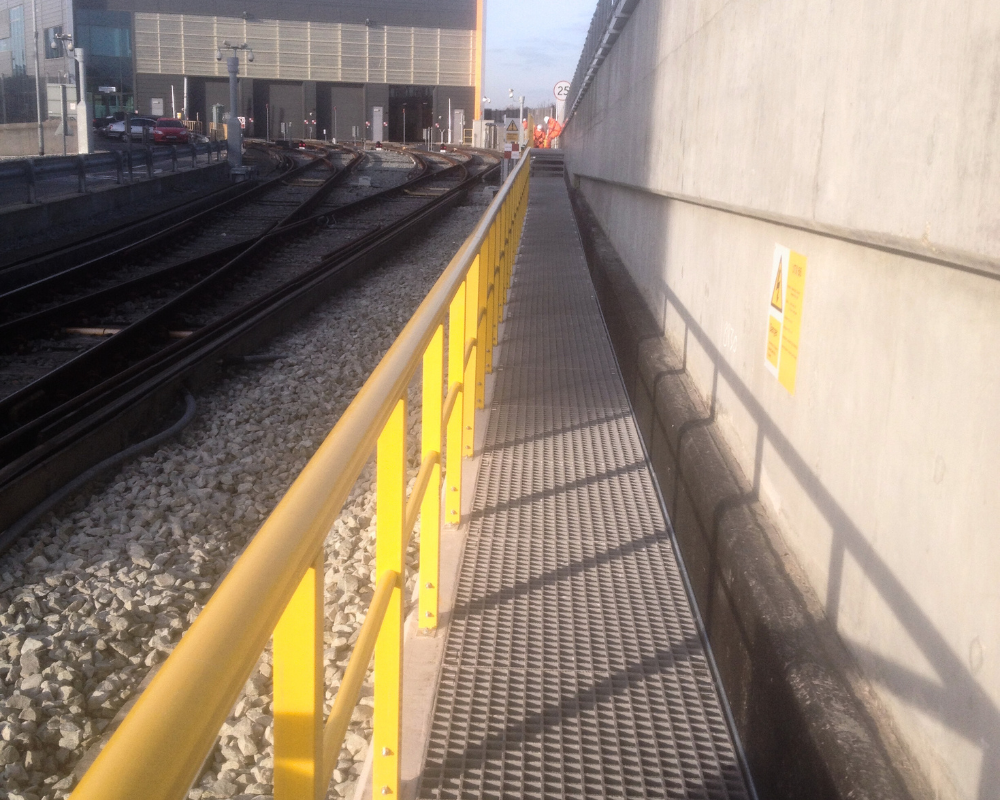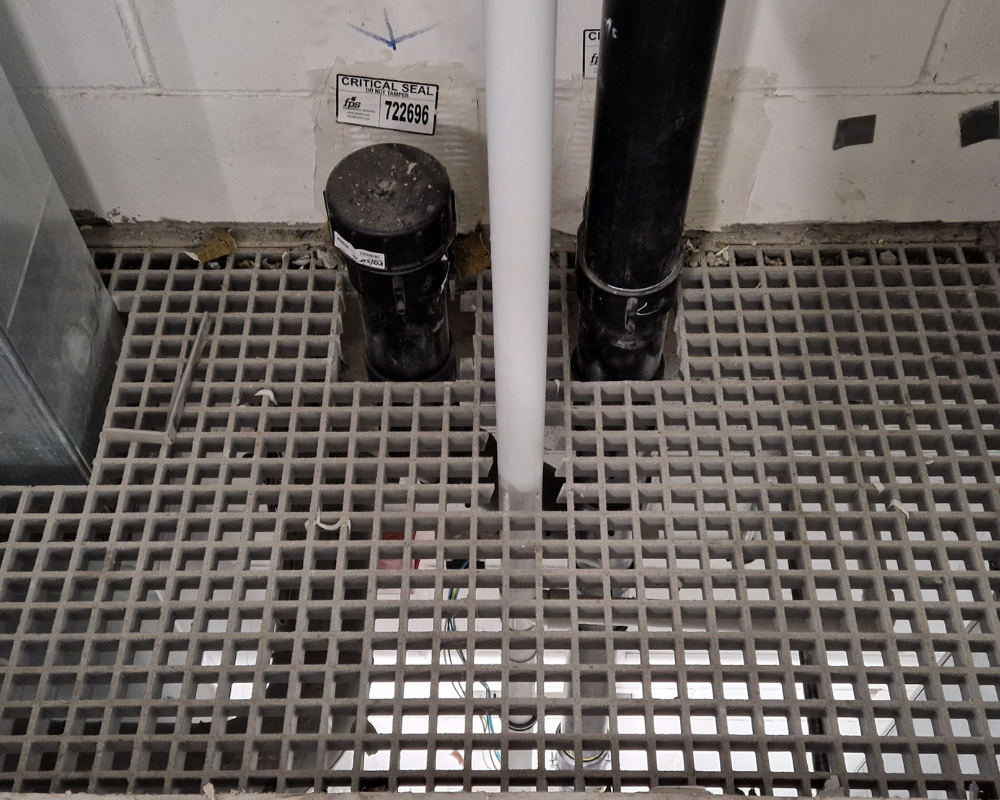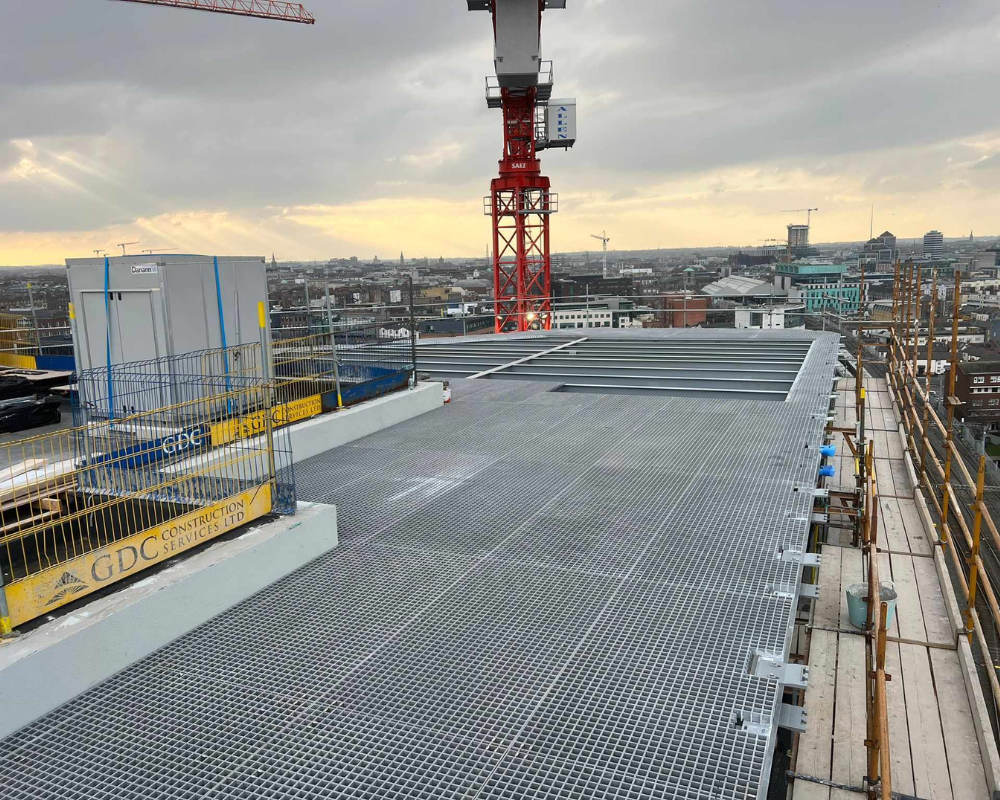Is GRP grating better than steel grating? Why GRP Grating Reigns Supreme Over Steel!
The ongoing debate about using traditional steel grating and its contemporary counterpart, GRP grating, has gained increasing traction. As industries seek sustainable, durable, and cost-effective solutions, the question arises: Is GRP grating truly superior to its steel counterpart?
With a commitment to innovation and excellence, Relinea advocates for the adoption of GRP grating as the premier choice for various applications. Let’s delve into why GRP grating emerges as the unequivocal champion.
The Advantages of GRP Grating:
1. Corrosion Resistance:
Steel grating is susceptible to corrosion when exposed to harsh environments, leading to rust and structural degradation. In stark contrast, GRP grating boasts exceptional corrosion resistance properties, making it impervious to corrosive elements such as chemicals, saltwater, and extreme weather conditions. This resistance ensures prolonged longevity and reduced maintenance costs, particularly in marine, chemical, and offshore industries.
2. Lightweight Yet Sturdy:
One of the hallmark features of GRP grating is its remarkable strength-to-weight ratio. While steel grating is notoriously heavy and cumbersome to install, GRP grating offers the perfect blend of durability and lightweight construction. This advantage simplifies transportation, handling, and installation processes, resulting in significant time and labour savings. Relinea carried out a test to see what happens when a 76kg steel billet is dropped from height on Flow Forge Open Grating from height in comparison to Relinea’s RE-GRID3838 Open Mesh Grating. Check it out here.
3. Electrical Insulation:
Steel conducts electricity, posing a potential safety hazard in environments with electrical equipment. In contrast, GRP is a non-conductive material, making it the preferred choice for use around electrical equipment and sensitive areas to prevent accidental shocks. This additional layer of safety is crucial in areas like power plants, electrical substations, and railways.
4. Enhanced Safety:
Safety is paramount in any industrial setting, and GRP grating excels in this regard. Unlike steel grating, which can become slippery when wet or oily, GRP grating features anti-slip surfaces that provide secure underfoot traction, even in the most challenging conditions.
5. Simplified Installation:
GRP gratings boast a significantly lower weight compared to their steel counterparts. This translates to easier handling, transportation, and installation, reducing labour costs and potential on-site injuries. Due to their weight steel gratings can be cumbersome and expensive to move and install, requiring specialised equipment and more manpower. GRP doesn’t require a hot works permit as no welding is required. A two man team can complete installations with simple hand tools.
6. Design Flexibility:
GRP grating offers unparalleled design versatility, allowing for customised solutions tailored to specific project requirements. With a wide range of colours, sizes, and surface textures available, designers and engineers have the creative freedom to achieve both aesthetic appeal and functional excellence. Furthermore, GRP grating can be easily fabricated into various shapes and configurations, enabling seamless integration into complex structures and architectural designs.
Applications Where GRP Grating Excels:
Marine and Offshore Structures: In marine environments characterised by saltwater exposure and corrosive elements, GRP grating outshines steel alternatives by offering long-term durability and corrosion resistance without compromising on strength.
Waste Water Treatment and Chemical Processing Plants: The chemical resistance properties of GRP grating make it the preferred choice for applications where exposure to corrosive chemicals and acids is commonplace, ensuring a safe and reliable working environment.
Infrastructure and Railway: In bridge decks, walkways, and platforms where weight constraints and corrosion resistance are critical considerations, GRP grating offers a lightweight yet durable alternative to traditional materials, facilitating efficient installation and long-term performance.
Commercial Construction: Whether it’s installing GRP riser void solutions in a high-rise building or rooftop access on an office block, GRP makes for a quick, lightweight and sustainable solution. With a 50+ year design life requiring little to no maintenance GRP solutions are both high-performing and cost-effective.
Conclusion:
In conclusion, the myriad benefits of GRP grating position it as the superior solution over steel grating in a wide range of applications. From enhanced corrosion resistance and lightweight construction to superior safety and design flexibility, GRP grating embodies the epitome of innovation and reliability in modern industrial infrastructure.
As industries strive for sustainable and cost-effective solutions, the adoption of GRP grating represents a paradigm shift towards a future where durability, performance, and safety converge seamlessly. With Relinea leading the charge, the era of GRP grating dominance is not just a possibility—it’s a reality waiting to be embraced.
Contact Relinea today to discuss your specific project requirements and explore how GRP gratings can elevate your project’s safety, efficiency, and aesthetics. Call us today on 02894470010, email info@relinea.com or fill in our contact form and we’ll get back to you.
Find out more about our GRP Grating ranges and their applications here.

